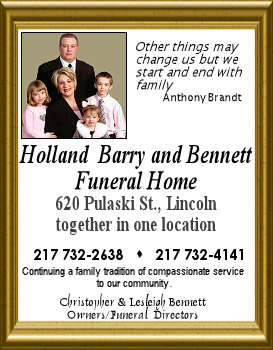(Part 2: Trauma -- What is it?)
(Part 3: How children and adolescents react to trauma)
(Part 4: Helping the child or adolescent trauma survivor)
Part 5:
POST-TRAUMATIC STRESS DISORDER
-
Re-experiencing the event through play or in trauma-specific nightmares or flashbacks, or distress over events that resemble or symbolize the trauma.
-
Routine avoidance of reminders of the event or a general lack of responsiveness (e.g., diminished interests or a sense of having a foreshortened future).
-
Increased sleep disturbances, irritability, poor concentration, startle reaction and regressive behavior.
Rates of PTSD identified in child and adult survivors of violence and disasters vary widely. For example, estimates range from 2 percent after a natural disaster (tornado), 28 percent after an episode of terrorism (mass shooting), and 29 percent after a plane crash.13
The disorder may arise weeks or months after the traumatic event. PTSD may resolve without treatment, but some form of therapy by a mental health professional is often required in order for healing to occur. Fortunately, it is more common for traumatized individuals to have some of the symptoms of PTSD than to develop the full-blown disorder.14
As noted above, people differ in their vulnerability to PTSD, and the source of this difference is not known in its entirety. Researchers have identified factors that interact to influence vulnerability to developing PTSD. These factors include:
-
characteristics of the trauma exposure itself (e.g., proximity to trauma, severity, and duration),
-
characteristics of the individual (e.g., prior trauma exposures, family history/prior psychiatric illness, gender
-- women are at greatest risk for many of the most common assaultive traumas), and -
post-trauma factors (e.g., availability of social support, emergence of avoidance/numbing, hyperarousal and re-experiencing symptoms).
Research has shown that PTSD clearly alters a number of fundamental brain mechanisms. Abnormal levels of brain chemicals that affect coping behavior, learning, and memory have been detected among people with the disorder. In addition, recent imaging studies have discovered altered metabolism and blood flow in the brain as well as structural brain changes in people with PTSD.15-19
TREATMENT OF PTSD
People with PTSD are treated with specialized forms of psychotherapy and sometimes with medications or a combination of the two. One of the forms of psychotherapy shown to be effective is cognitive behavioral therapy, or CBT. In CBT, the patient is taught methods of overcoming anxiety or depression and modifying undesirable behaviors, such as avoidance of reminders of the traumatic event. The therapist helps the patient examine and re-evaluate beliefs that are interfering with healing, such as the belief that the traumatic event will happen again. Children who undergo CBT are taught to avoid "catastrophizing." For example, they are reassured that dark clouds do not necessarily mean another hurricane, that the fact that someone is angry doesn't necessarily mean that another shooting is imminent, etc. Play therapy and art therapy also can help younger children to remember the traumatic event safely and express their feelings about it. Other forms of psychotherapy that have been found to help persons with PTSD include group and exposure therapy. A reasonable period of time for treatment of PTSD is 6 to 12 weeks with occasional follow-up sessions, but treatment may be longer depending on a patient's particular circumstances. Research has shown that support from family and friends can be an important part of recovery.
There has been a good deal of research on the use of medications for adults with PTSD, including research on the formation of emotionally charged memories and medications that may help block the development of symptoms.20-22 Medications appear to be useful in reducing overwhelming symptoms of arousal (such as sleep disturbances and an exaggerated startle reflex), intrusive thoughts, and avoidance; reducing accompanying conditions such as depression and panic; and improving impulse control and related behavioral problems. Research is just beginning on the use of medications to treat PTSD in children and adolescents.








